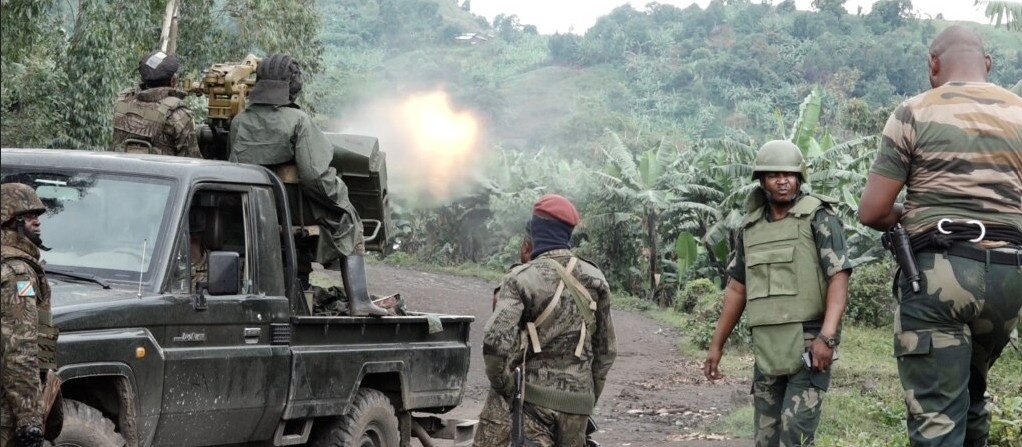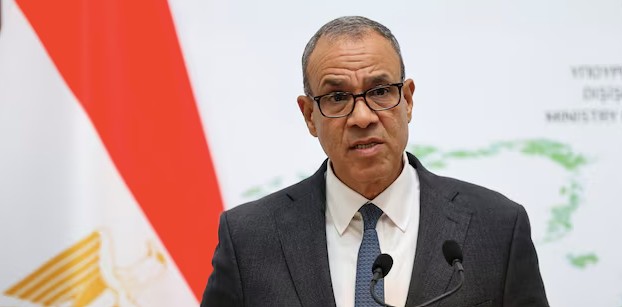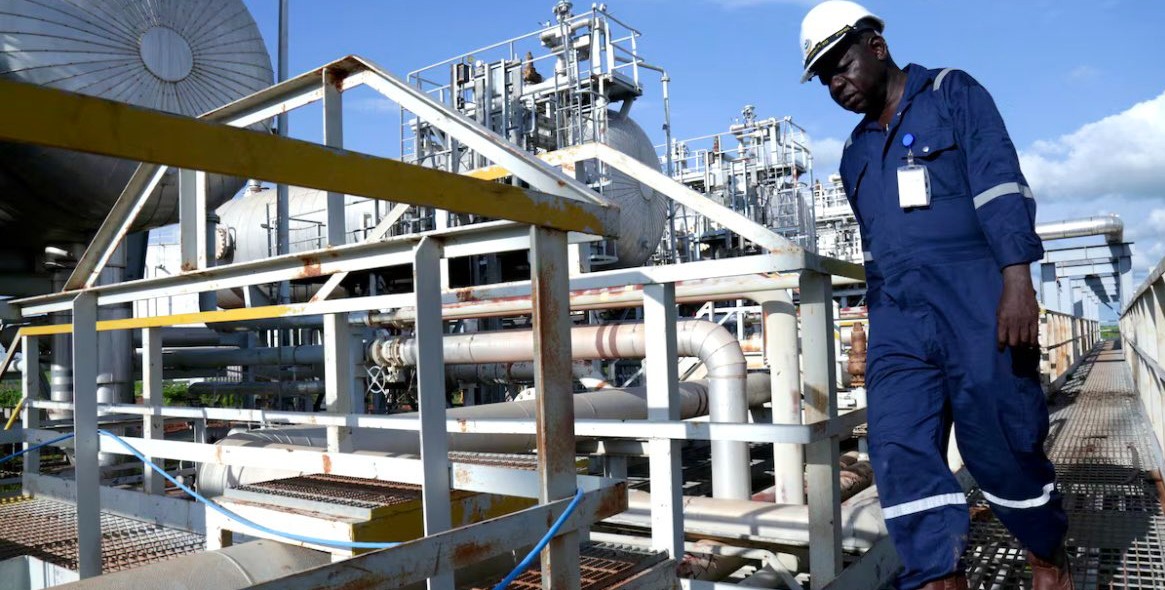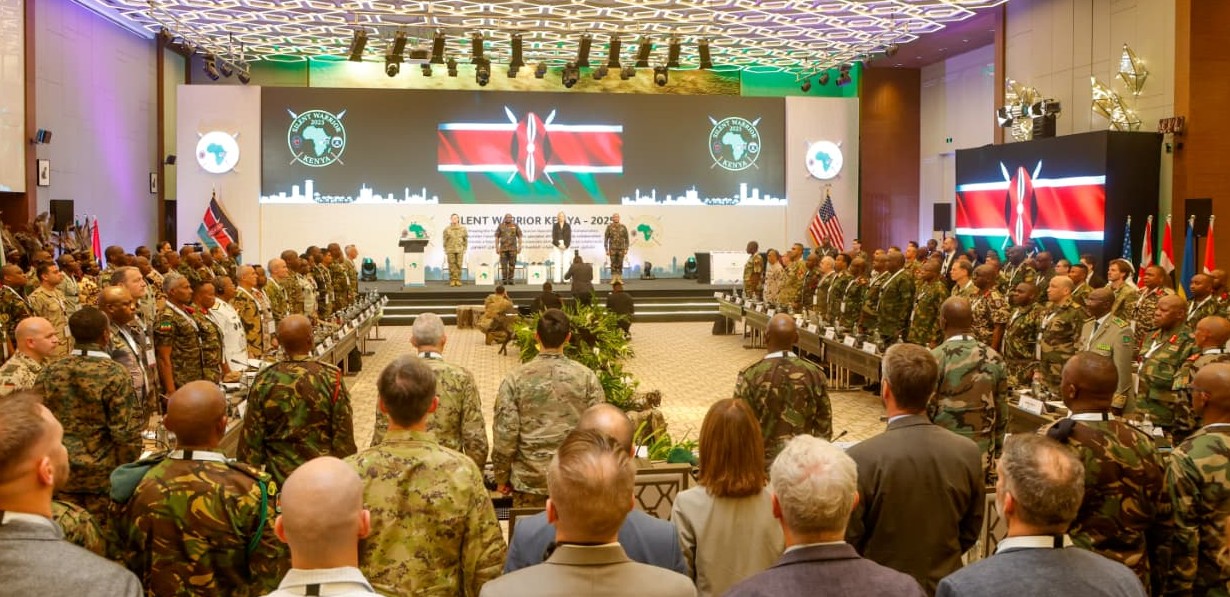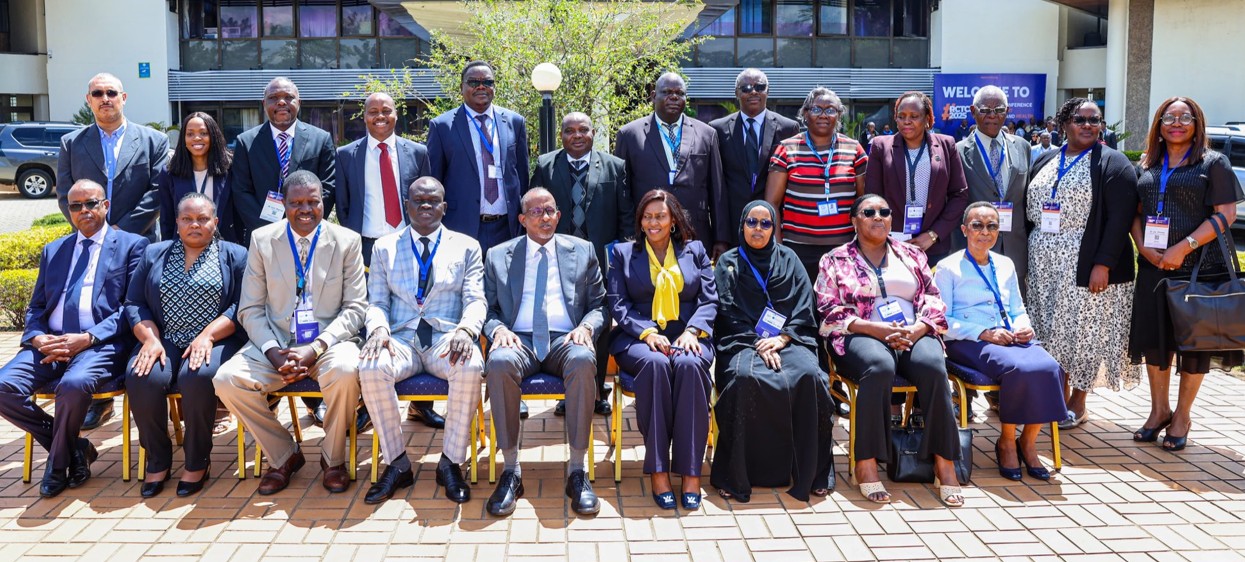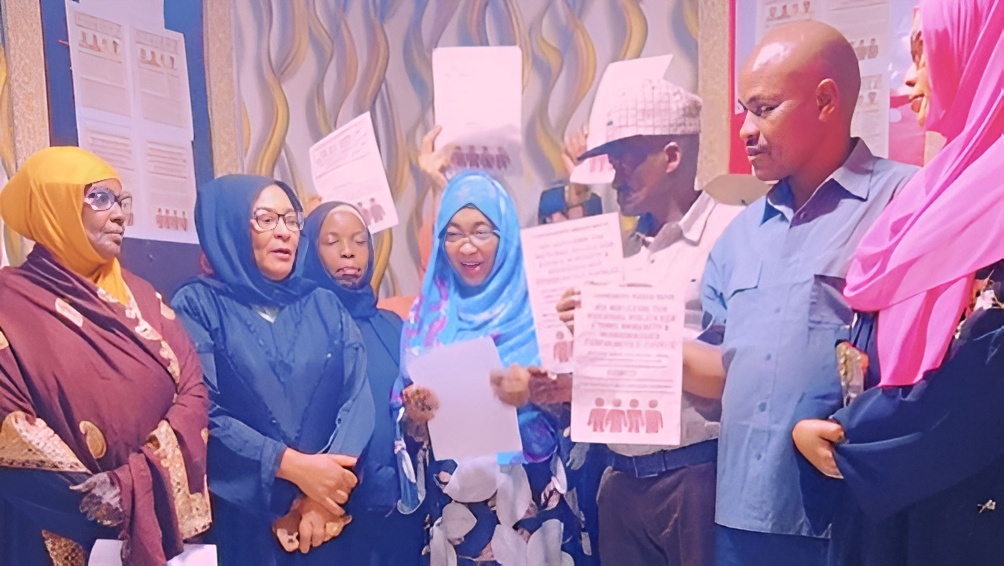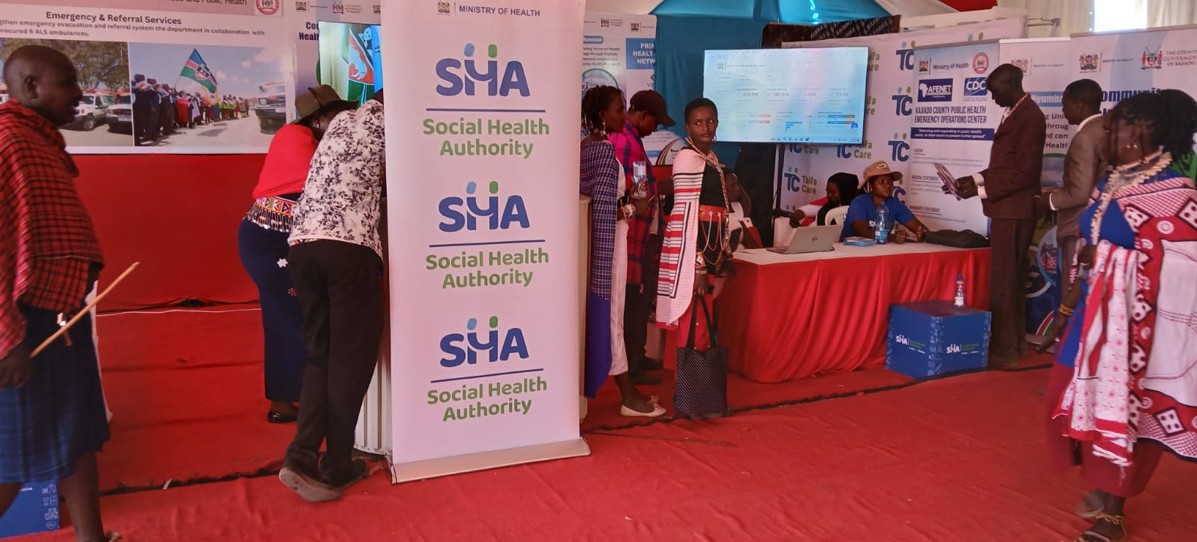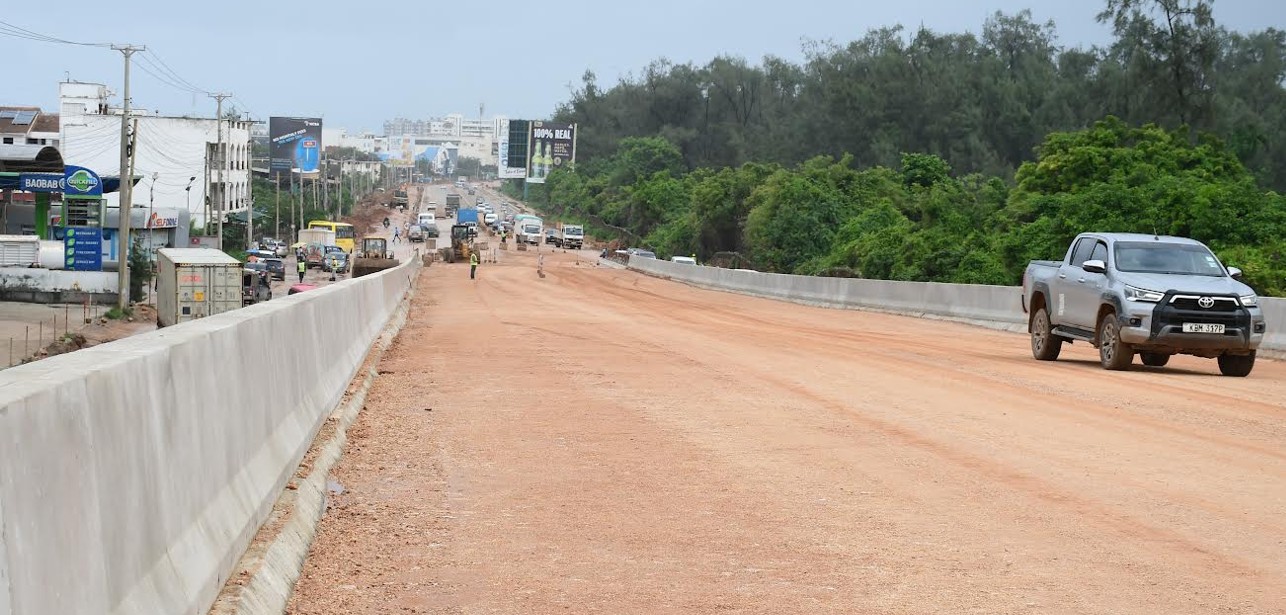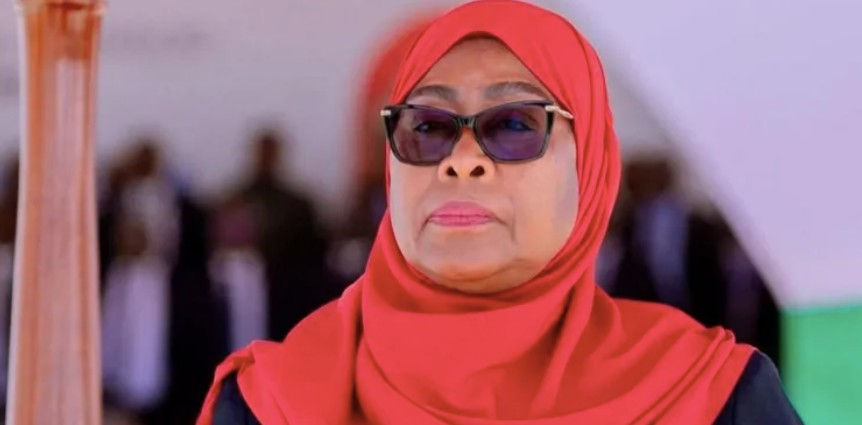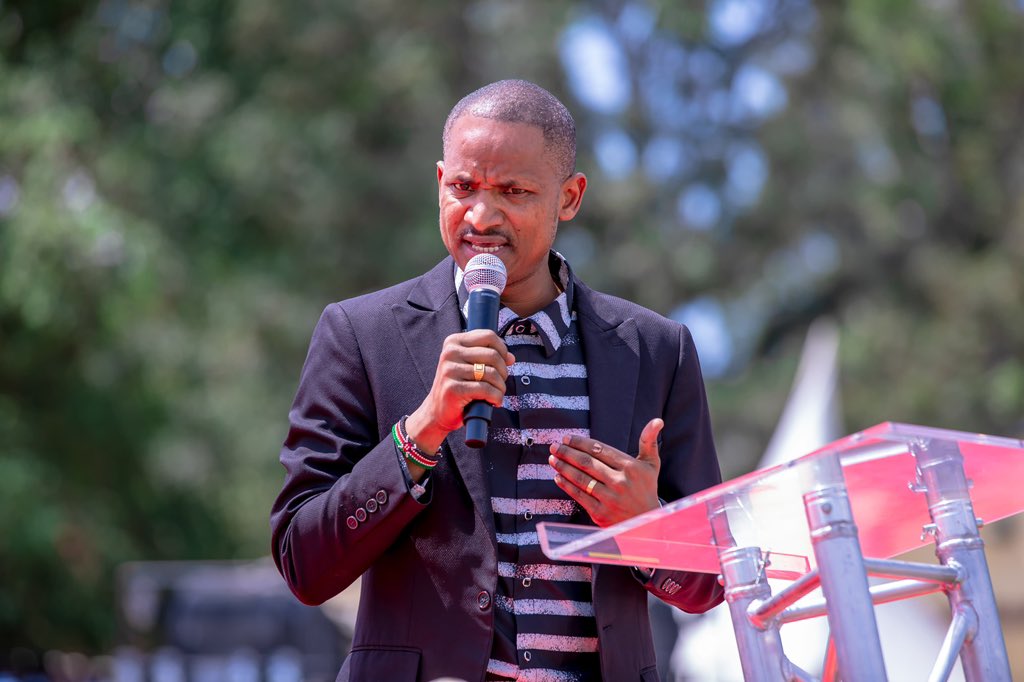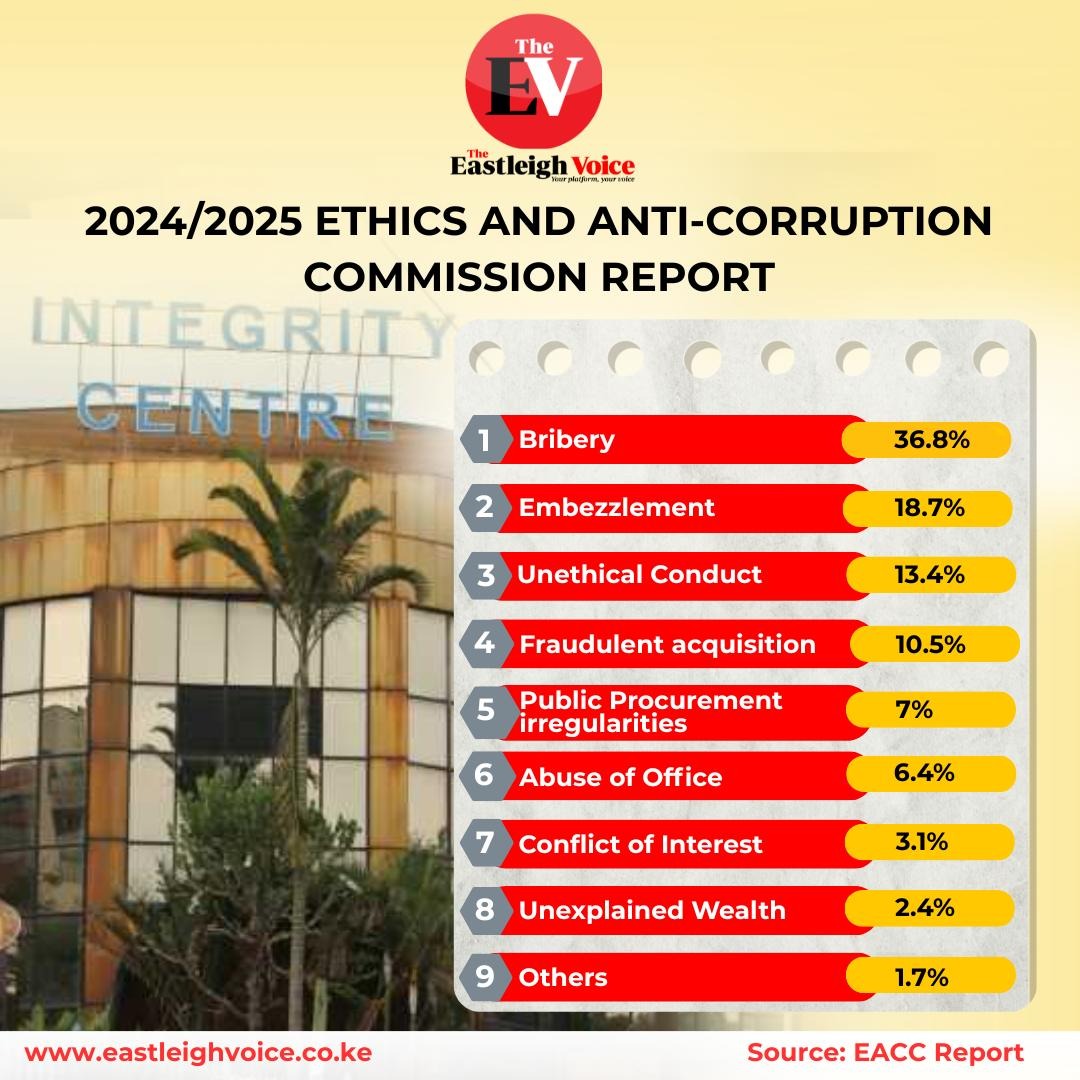Climate projects in South Sudan can turn deadly - how to avoid this
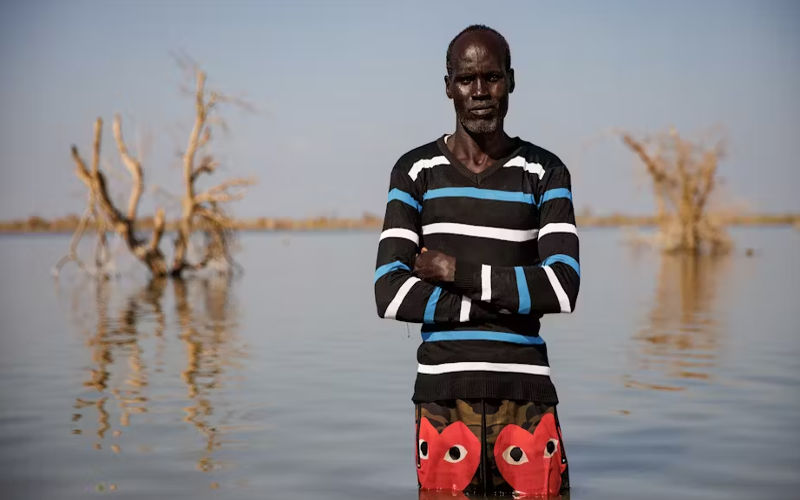
South Sudan faces both worsening droughts and record-breaking floods that destroy crops and fuel food insecurity. These climate shocks can have implications for conflict.
More To Read
- UN’s Guterres vows to push for Palestine two-state solution, says he will ‘not shut up’
- Green economy now second-fastest global growth frontier, value hits Sh646.4 trillion - report
- Supporting Africa’s drylands: Insights from the pastoralists who call them home
- Gunman hijacks aid plane in South Sudan, arrested after safe landing in Wau
- Sexual violence driving mass flight from Sudan to South Sudan: What you need to know
- 1,000 weapon‑wounded patients treated in South Sudan hospitals this year - ICRC
South Sudan, which has been torn apart by a civil war, is vulnerable to extreme weather events, frequent floods and drought, to which it must adapt. But any adaptation projects for South Sudan have to be designed with conflict in mind. In his new book, coauthored with Jerry Urtuzuastigui, conflict researcher Ore Koren discusses the relationship between climate adaptation and security. Understanding this is essential in designing projects that protect people against climate change and also work well in conflict situations.
Why does South Sudan provide valuable insights into climate adaptation and conflict?
South Sudan is a good place to study if you want to understand the relationship between climate adaptation and conflict. Since gaining independence in 2011, the country has endured a prolonged civil war. Today, it continues to experience instability, with up to 2.3 million people displaced.
South Sudan faces both worsening droughts and record-breaking floods that destroy crops and fuel food insecurity. These climate shocks can have implications for conflict. For instance, they can make tensions over land or water access worse. They can also isolate regions from each other, allowing violent non-state groups to operate uninterrupted and harm local livelihoods.
In response, national agencies and international organisations – operating through a host of international nongovernmental organisations – have set up climate adaptation and food security programmes. These go beyond emergency aid. They include planting drought-resistant crops, rainwater harvesting, livestock restocking, and training farmers in climate-smart agriculture.
Some non-profit groups focus on building South Sudan’s long-term resilience to climate change. Others also provide emergency food and water. Smaller organisations emphasise community-led approaches to strengthen adaptation and food security.
However, the country has a fractured security landscape. Violence in South Sudan includes fighting between state forces and rebel groups and militarised groups left over from the civil war.
Social conflict also occurs. This includes clashes between ethnic communities, pastoralists and farmers, and local militias. Most insecurity today stems from decentralised, communal violence over resources and political grievances.
This creates a setting where even well-meaning aid programmes can unintentionally shift local power dynamics and spark conflict.
What did you find out about the relationship between conflict and efforts to manage climate change?
We collected detailed data on climate and food security projects like flood defences, drought-resistant crops, and local programmes to manage shared resources or reduce conflict. We mapped where these were taking place in South Sudan, right down to the village or district.
We also tracked what kind of help was provided, how long it lasted, and how involved local communities and the government were.
Our research found that climate adaptation programmes in conflict-affected areas like South Sudan can both reduce violence and make it worse. This depends on how they are designed and when they are implemented.
For example, all adaptation and food security programmes were associated with increased conflict between government forces and rebel groups. This wasn’t because growing food is inherently risky, but because such programmes tend to increase the value of land. This attracts the attention of armed groups who are competing for control of the land. In a militarised environment like this, efforts that improve access to resources can unintentionally lead to violence by making some areas more desirable.
However, when we examined violence involving militias and intercommunal groups who rely on local resources, we found more encouraging patterns.
We found that programmes that combined several goals, such as introducing drought-resistant crops and supporting local economic development, were more successful in reducing local violence. Such interventions help communities manage many problems at once – from economic hardship to resource scarcity. They also give people alternatives to violence as a coping strategy.
Climate change impacts often defy expectations. People may prepare for drought only to face floods. Therefore, projects that build capacity to tackle multiple possible outcomes are likely to be more effective.
So, how exactly can climate projects reduce violence?
We found that interventions that respond to multiple stressors and include input from local people can reduce militia and communal violence. This is especially the case during acute climate shocks, such as extreme weather.
We also found that many donor agencies do not fully understand the complexity of designing climate adaptation programmes in high-conflict areas. Our research recommends that policymakers and donors treat adaptation as a socially and environmentally complex process, not just a technical fix, and tailor it to local contexts.
Our findings also suggest that the benefits of climate adaptation were most pronounced during periods of acute climate stress, such as flooding or drought. In these times, even less-than-perfect programmes helped reduce violence. This is probably because they stabilised people’s livelihoods and eased pressure on resources exactly when stress levels are at their highest.
In contrast, projects implemented during periods of relatively mild weather had a much weaker effect on the levels of violence, or no effect at all.
Beyond South Sudan, the findings suggest that looking at the overlap between climate change and conflict could benefit fragile regions across Africa, like Uganda, Ethiopia, and Nigeria.
How should South Sudan prepare for severe violence and massive climate disasters?
Our findings point to four key strategies:
- Climate adaptation programmes should prepare the country for several different types of climate disasters, and recognise that these may happen at unpredictable times. They can do this by supporting projects that address both adaptation and food security priorities. They can also combine efforts to adapt to climate change with broader socioeconomic development programmes aimed at improving people’s lives now.
- Interventions that are helpful in periods of acute climate stress are more likely to have a positive impact on conflict. One example is improving ways to store food. Creating community-level committees to manage resources can also increase the likelihood that crises are handled peacefully and resources are distributed fairly.
- Climate adaptation must be aligned with broader political and economic reforms. For example, it’s important for people to have secure land tenure. People who can’t continue with traditional ways of life because of the warming planet need alternative ways to earn a living.
- Early warning systems must be set up to alert residents of potential conflict. These strategies recognise that conflict can destroy climate adaptation programmes and food security projects, and help to build a supportive foundation for lasting stability.

The Conversation
Ore Koren, Assistant Professor of Political Science, Indiana University
This article is republished from The Conversation under a Creative Commons license. Read the original article.
Top Stories Today
